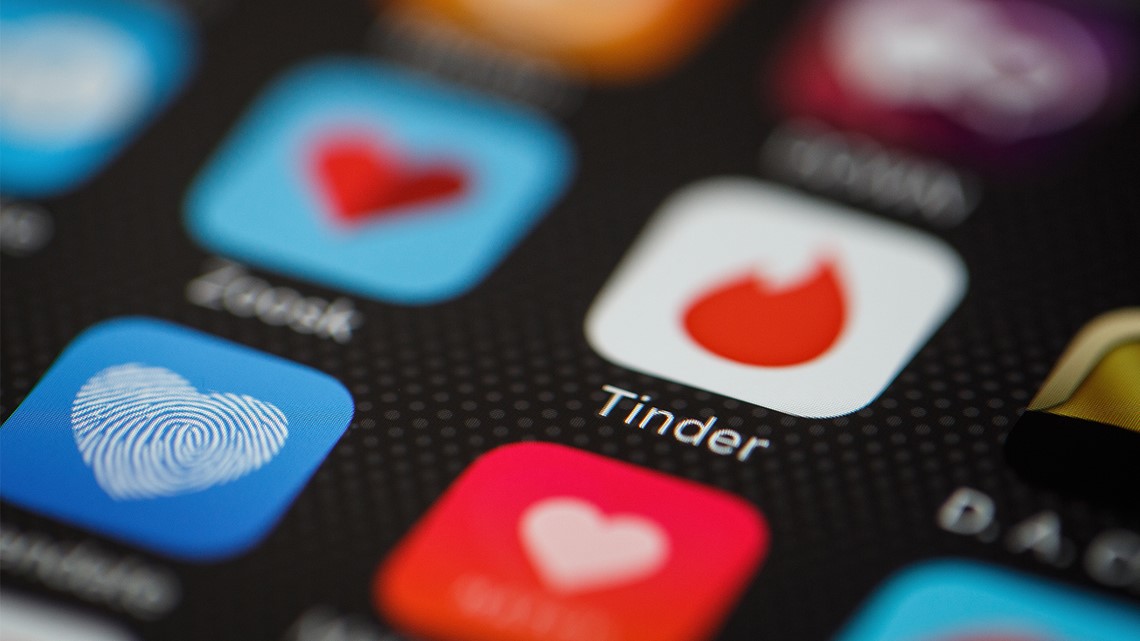46% of respondents in the United States, as per a recent survey conducted by the dating application Bumble, expressed that utilizing artificial intelligence (AI) could boost their confidence while communicating with potential matches.
In Austin, Texas, there is a growing concern about the risks associated with relying on AI to gain an edge in interpersonal communication. Various aspects of daily life, such as professional environments, educational settings, and even religious institutions, are increasingly integrating generative AI technologies. However, the realm of emotions and relationships, particularly matters of the heart, remains a distinct domain that separates human beings from the realm of technology.
Ian Clarke, an expert in AI, highlights the significant role that AI systems play in determining one’s dating success on various dating apps. The concept of “match efficiency” involves utilizing AI algorithms to predict potential successful matches based on users’ input data.
The evolution of AI in the dating sphere has progressed beyond mere matchmaking algorithms. Innovative language models like ChatGPT tailored for dating purposes have emerged in the market. One such example is AI Keys, a dating and conversational assistant that operates as a keyboard extension. It analyzes conversations, offers response suggestions, allows users to choose the tone of their replies, and even indicates the conversational dominance within interactions.
The CEO of Keys AI, Taylor Margot, reports a significant surge in their user base since the company’s inception in early 2022. The appeal of such AI-driven tools lies in addressing individuals’ desire for improved communication in their romantic relationships, stemming from a sense of inadequacy or longing for better interpersonal connections.
Similarly, Dmitri Mirakyan, a University of Texas graduate, developed Your Move AI, another application geared towards enhancing communication efficacy in dating scenarios. Mirakyan emphasizes the positive feedback received from users, indicating the efficacy of such AI-driven tools in streamlining interactions and reducing the tediousness often associated with dating app engagements.
Despite the growing reliance on technology for communication facilitation, dating coach Blaine Anderson raises concerns about the escalating stress levels induced by dating apps. He notes that excessive screen time and dependence on technology can hinder genuine human connections, ultimately distancing individuals from authentic interactions.
Both Mirakyan and Margot emphasize that their AI applications aim to enhance users’ communication skills rather than replace genuine human connections. Mirakyan specifically expresses a desire for users to transition from virtual interactions facilitated by the app to real-life meetings.
However, Clarke points out that some major dating app companies prioritize financial gains over fostering meaningful connections. The profit-driven nature of these platforms may pose conflicts of interest when aiming to match individuals for long-term relationships.
Regulation of AI-powered bot applications is a pressing concern due to potential biases and misinformation propagated through online training data sources. President Joe Biden recently issued new AI safety and security guidelines to address these challenges and mitigate the risks associated with AI manipulation and misinformation.
In conclusion, as AI technologies continue to advance rapidly, it is crucial to establish comprehensive regulations to govern their ethical and responsible use. While AI can undoubtedly enhance communication efficiency, it is essential to strike a balance between leveraging these tools and preserving genuine human connections in the realm of relationships and emotions. The future landscape of interpersonal interactions may witness significant transformations with the integration of AI technologies, necessitating proactive measures to ensure ethical and transparent use of these innovations.






